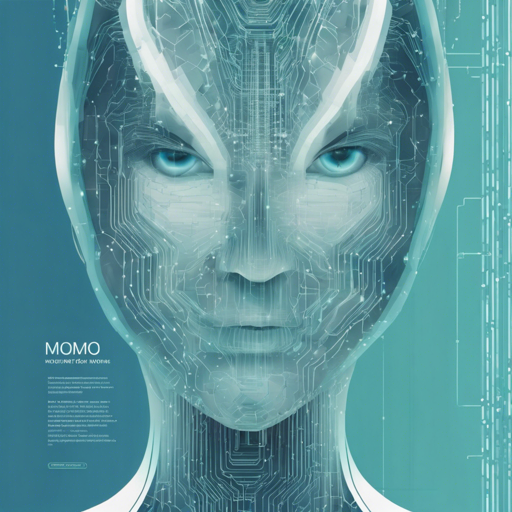Welcome to your guide on using Molmo 7B-O, a state-of-the-art vision-language model developed by the Allen Institute for AI. In this article, we will walk you through the process of setting up and running Molmo efficiently, along with troubleshooting tips to ensure a smooth operation. Let’s dive in!
What is Molmo 7B-O?
Molmo is a remarkable family of open vision-language models trained on the PixMo dataset, featuring over 1 million curated image-text pairs. The Molmo 7B-O model showcases exceptional performance in understanding and generating text based on images—an innovation that pushes the boundaries of multimodal AI.
How to Set Up Molmo 7B-O
Follow these steps to install and start using Molmo 7B-O:
- First, ensure you have installed the necessary dependencies:
pip install einops torchvisionfrom transformers import AutoModelForCausalLM, AutoProcessor, GenerationConfig
from PIL import Image
import requests
# Load the processor
processor = AutoProcessor.from_pretrained(
"allenai/Molmo-7B-O-0924",
trust_remote_code=True,
torch_dtype='auto',
device_map='auto'
)
# Load the model
model = AutoModelForCausalLM.from_pretrained(
"allenai/Molmo-7B-O-0924",
trust_remote_code=True,
torch_dtype='auto',
device_map='auto'
)# Process the image
inputs = processor.process(
images=[Image.open(requests.get("https://picsum.photos/id/237536354", stream=True).raw)],
text="Describe this image."
)
# Move inputs to the correct device and make a batch of size 1
inputs = {k: v.to(model.device).unsqueeze(0) for k, v in inputs.items()}
# Generate output
output = model.generate_from_batch(
inputs,
GenerationConfig(max_new_tokens=200, stop_strings='endoftext'),
tokenizer=processor.tokenizer
)
# Decode the generated tokens to text
generated_tokens = output[0, inputs['input_ids'].size(1):]
generated_text = processor.tokenizer.decode(generated_tokens, skip_special_tokens=True)
# Print the generated text
print(generated_text)Understanding the Code: An Analogy
Think of loading Molmo like preparing a kitchen for cooking. First, you gather all the ingredients (import libraries and load models), then you put together your recipe (process the input), and finally, you cook and taste the meal (generate and print the output).
Just like a well-prepared dish requires a cooking process that combines various elements at the right time, using Molmo involves sequencing operations to convert visual data into descriptive text.
Troubleshooting Common Issues
Common Errors and Solutions
- Broadcast Error During Image Processing: Ensure your image is in RGB format. You can convert it using the following code snippet:
from PIL import Image
image = Image.open(...)
if image.mode != 'RGB':
image = image.convert('RGB')# Load the image
url = "YOUR_IMAGE_URL"
image = Image.open(requests.get(url, stream=True).raw)
# Convert the image to grayscale to calculate brightness
gray_image = image.convert('L')
stat = ImageStat.Stat(gray_image)
average_brightness = stat.mean[0]
# Define background color based on brightness
bg_color = (0, 0, 0) if average_brightness < 127 else (255, 255, 255)
# Create a new image with the background color
new_image = Image.new('RGB', image.size, bg_color)
new_image.paste(image, (0, 0), image if image.mode == 'RGBA' else None)
# Now you can pass new_image to MolmoFor more insights, updates, or to collaborate on AI development projects, stay connected with fxis.ai.
Conclusion
By following this guide, you should now be equipped to harness the power of the Molmo 7B-O model effectively. With its advanced capabilities, you can innovate in the field of vision-language interpretation.
At fxis.ai, we believe that such advancements are crucial for the future of AI, as they enable more comprehensive and effective solutions. Our team is continually exploring new methodologies to push the envelope in artificial intelligence, ensuring that our clients benefit from the latest technological innovations.

